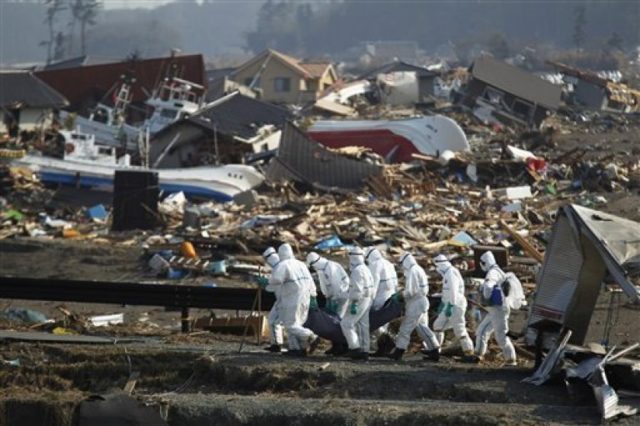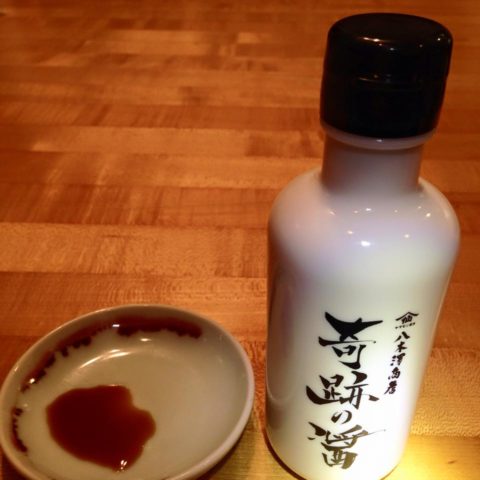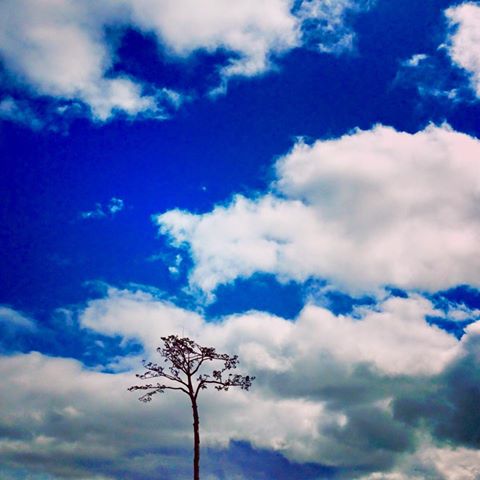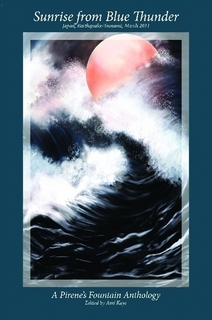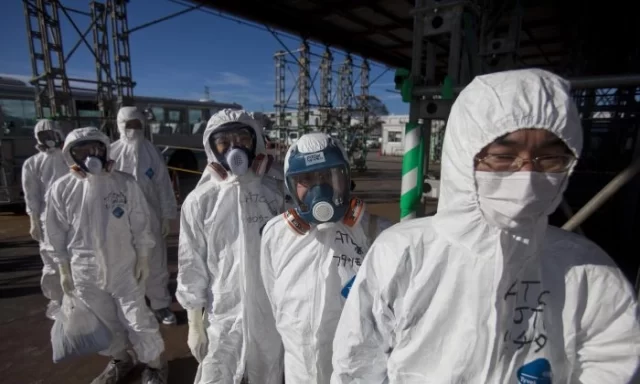
This is what I found recently as memories on Facebook, of all places, written while I was covering Tokyo Electric Power Co., the utility operating the nuclear power plant in Fukushima that sank into meltdowns after the March 11, 2011 tsunami. I didn’t even remember having written this. It brings back memories so horrible they are almost absurd, even comical, if they weren’t so real and literally catastrophic. I don’t remember why I didn’t share these 12 posts on my then brand new web site, although I went on to write a whole play about the nuclear disaster: NEWS FROM FUKUSHIMA. What made the TEPCO Correspondence so endearing, while also chilling, to read for me now is that, well, it all really happened. I was there, every day, watching the events unfold, filing the news, all the while praying Japan would be saved. But in retrospect, we were lucky as reporters. At least we were busy. One day, a TEPCO official in charge of media runs into the room, where all the media people practically lived at that time in TEPCO headquarters. He comes in running and shouting that a system at one of the reactors has broken down. There might be yet another meltdown. All we do is busily file alerts. But then he runs back in again, shouting: It’s fixed. It’s fixed. I’m telling you: A big cheer went up in that room. Sometimes there are moments like that. When what is happening is bigger than the next news story, and all we can do is rejoice as people.
TEPCO Correspondence: Notes From a Writer Beyond the Headlines
By YURI KAGEYAMA
April 2011
1
Heard at TEPCO: Company spokesman Junichi Matsumoto’s description of “a meltdown,” when asked by a reporter for “an image” _ “The core is DORO DORO gooey and BOTA BOTA drip-drop melting to the bottom of the reactor.”
2
On my way to NISA, the Nuclear and Industrial Safety Agency, from Kasumigaseki subway station, I pass by the bookstore that sells government reports and booklets. The shop window had a big poster for a book about nuclear power that said: “Peaceful Energy.” It made me want to cry.
3
Japanese are sensitive to the fears about radiation. Our nation is the only one in the world to have experienced atomic bombings. I have grown up hearing horror stories and seeing photos not only of charred bodies, disfiguring burns and skeletal buildings but also about illnesses that crept up years later, sometimes extending over generations.
4
That is why the poster is touting the glories of nuclear power as “peaceful.”
5
We have been told there is a five-layer protection against radioactive leaks at nuclear plants _ the pellets are encased in coatings, and inside rods that are in a vessel, which in turn is inside another chamber, and that is encased in a building. The building bit is what blew up to bits at reactors 1 and 3 shortly after the March 11 tsunami.
6
So there goes that layer.
7
The pellets are believed to be doing all that doro doro and bota bota inside the core. So much for those layers. The massive leak of highly radioactive water near reactor 2 means without a doubt that the chamber layer has been compromised, if not something even closer to the pellets.
8
So where are those five layers of safety that were supposed to protect the people of Japan?
How could they have said there would be a fivefold guarantee of safety if all the layers were so fragile?
9
There is talk of unifying the now separate news conferences by NISA amd TEPCO on the nuclear crisis. NISA spokesman Hidehiko Nishiyama said there were complaints about inconsistencies in the message. I hope they take all the questions. With so many parties involved, on such a complex topic, coverage is likely to remain arduous.
10
For the first few weeks after March 11, TEPCO officials kept telling us: This is not Three Mile Island.
As Fukushima Daiicihi began spewing highly radioactive water into the sea and radiation was detected in spinach, tap water and the air we breathe, they stopped saying that.
11
But they kept telling us: This is not Chernobyl.
The government declared FD a Level 7, the same as Chernobyl, on April 12.
They no longer tell us what this is not _ they just look sad and helpless.
12
Some reporters are frustrated by the briefings at TEPCO, the flipflopping, the don’t knows, evasive answers, sometimes the wrong numbers, off by a few decimal points. “Is this Iwo Jima?” one angry reporter said. “Maybe all we can hope for is a kamikaze (divine wind) to blow and save us,” another said sadly.
